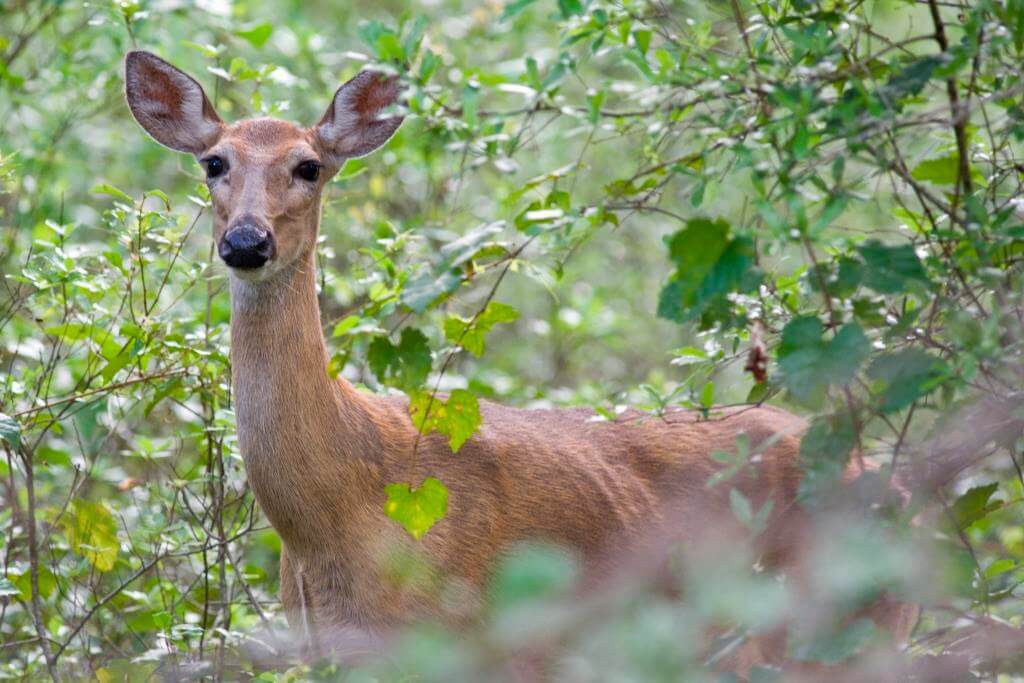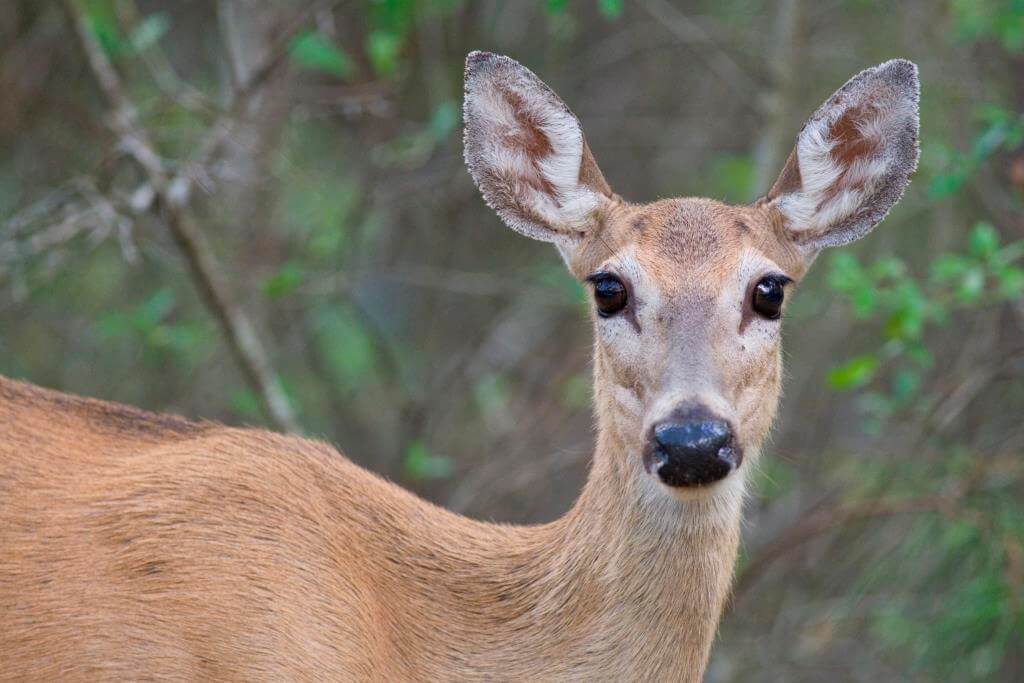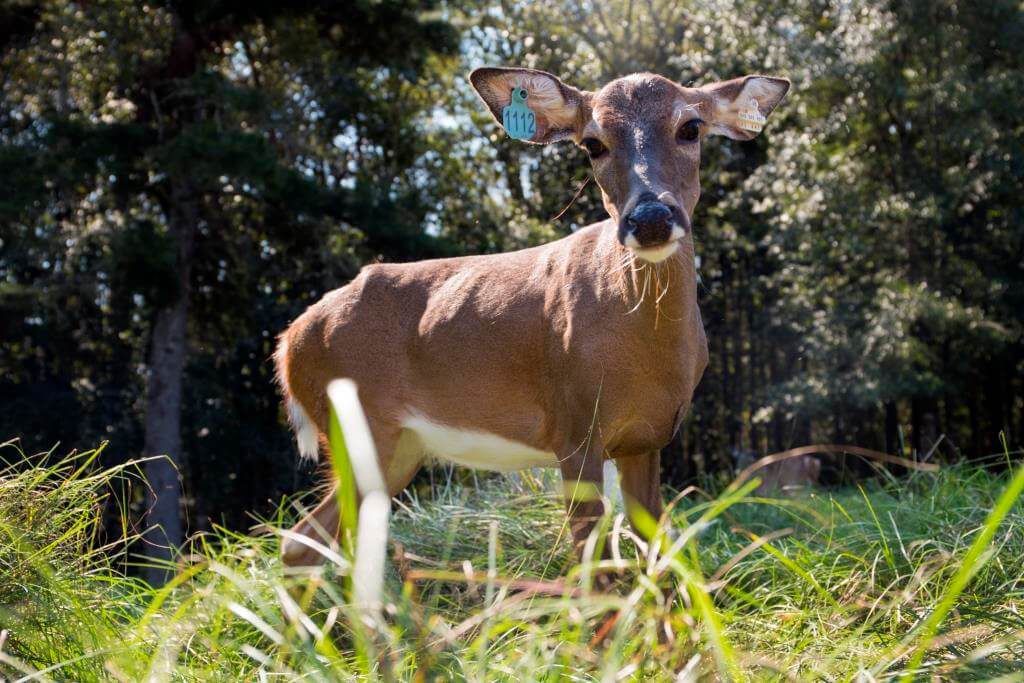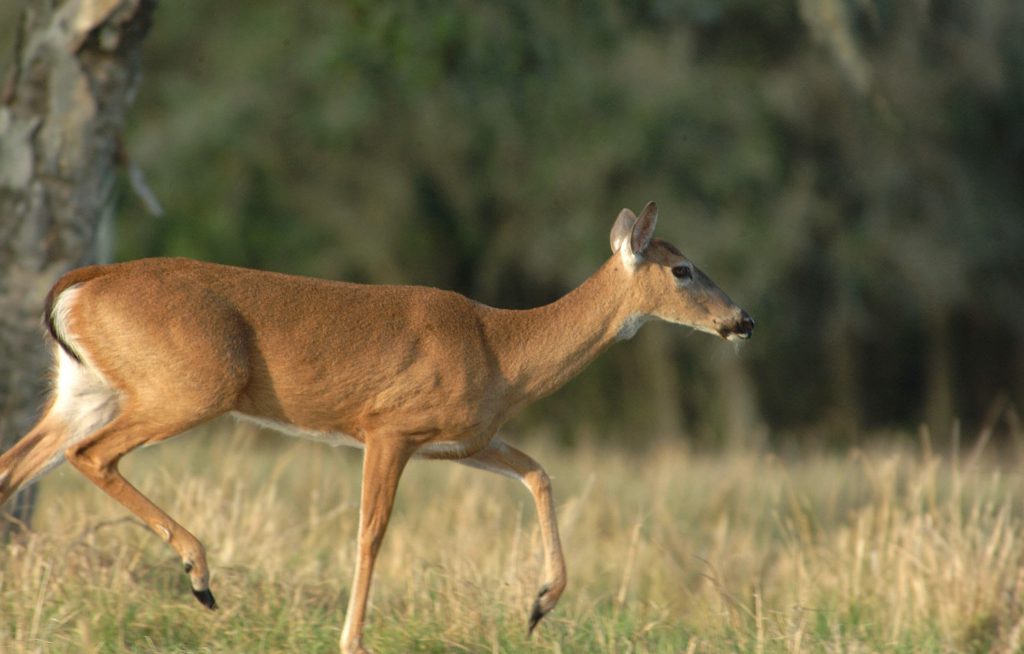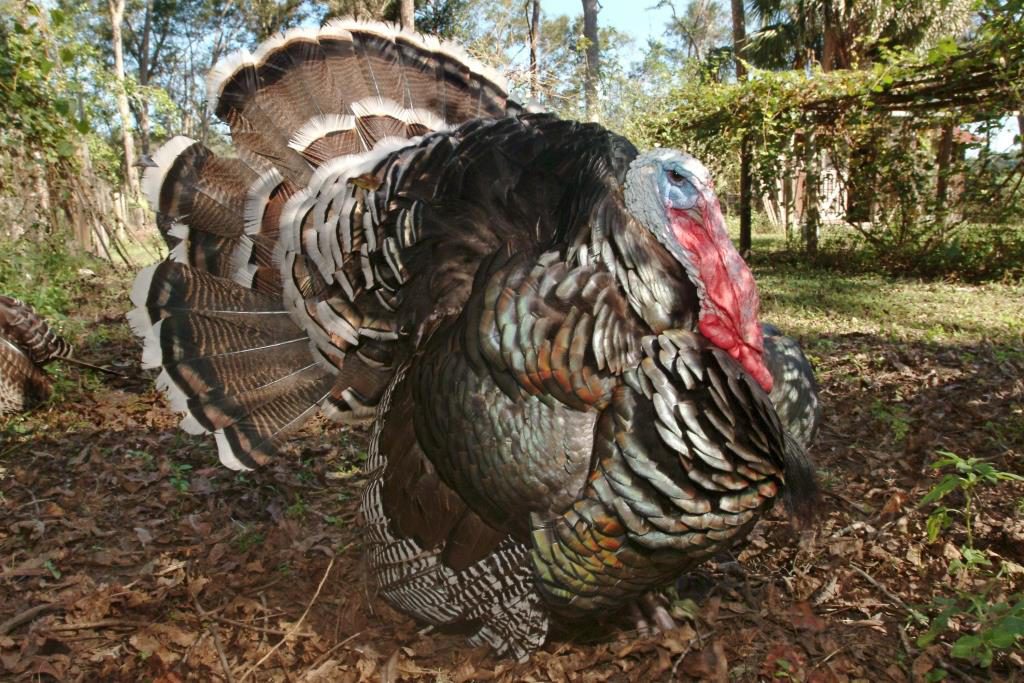Have you seen big game in your area but they never seem to cross in front of your sights? Planting wildlife food plots is one way to help attract game species to stop right in front of your stand.
Location, Location, Location
No matter what type of wildlife you are trying to attract, location matters. Wildlife often will not travel far from cover, so make sure to include natural cover in the location of your food plot. Pick a spot that is not low in elevation as Florida rains may cause flooding which will inhibit plant growth. In order to lower establishment costs, choose a spot that is already clear, whether that be a natural opening, utility access lines, roadsides, etc. Always make sure that you have permission to be there and that it is a safe hunting location.
Small, Medium, or Large?
Size and shape of a plot can help determine its function and efficiency. Deer prefer long, narrow rectangular plots as the edge is maximized and the distance to cover is minimized. 1-3 acre plots are generally a good size for deer as they are unlikely to travel deep into the middle of a field, especially if they are often hunted. Food plots only need to cover about 1-3% of available deer habitat to be properly distributed.
Preparing the Seedbed
Not all ground is suitable for planting immediately, it is wise to have a soil test done before continuing with the next steps. Contact your local county extension agent to find out the proper way to complete a soil test. After receiving the results of your soil test you may decide your plots need fertilizing or liming. Tilling is the most common method for preparing the seedbed but this does remove the native vegetation. Over-seeding is an option if you wish to maintain perennial grasses in the open area and some native weeds but you may experience less growth of cool season forages if they have to compete with the warm seasons during initial growth.
Is it worth it?
Estimated establishment costs for a 1-acre deer food plot where tree removal is not required.
|
Activity |
Unit |
Cost/Unit ($) |
| Soil analyses |
Plot |
7.00 |
| Fertilizer |
Acre |
50.00 |
| Liming |
Acre |
75.00 |
| Plowing |
Acre |
45.00 |
| Discing |
Acre |
44.00 |
| Mowing |
Acre |
19.00 |
| Seeding |
Acre |
17.00 |
| Total |
Acre |
257.00 |
Economics may differ based on the needs of the soil during seedbed preparation, availability of equipment, and type of seeds planted.
Wildlife Forage Options
Visit these links to find the forage options that will work for your area:
North Florida: http://bit.ly/NorthFloridaWildlifePlot
South Florida: http://bit.ly/SouthFloridaWildlifePlot
Hunting for More?
Come visit us at the Cool Season Forage Workshop (Oct. 16th, 2017 6-9pm) where we discuss updates on cool season varieties, economics of feeding hay vs. planting cool season forages, supplementing cattle in the winter, and wildlife food plots! Dinner will be served! Program offered in Jacksonville, Fl and Live Oak, Fl (wildlife plots only covered in Jacksonville).
Find more info and purchase tickets here: http://bit.ly/2wpoJae
More Resources
https://edis.ifas.ufl.edu/topic_wildlife_forages
http://edis.ifas.ufl.edu/fr062
http://edis.ifas.ufl.edu/uw410
http://edis.ifas.ufl.edu/fr167
Questions, Comments, Concerns?
Contact me!
Alicia Halbritter
904-255-7450 or aliciah1221@ufl.edu
 0
0
